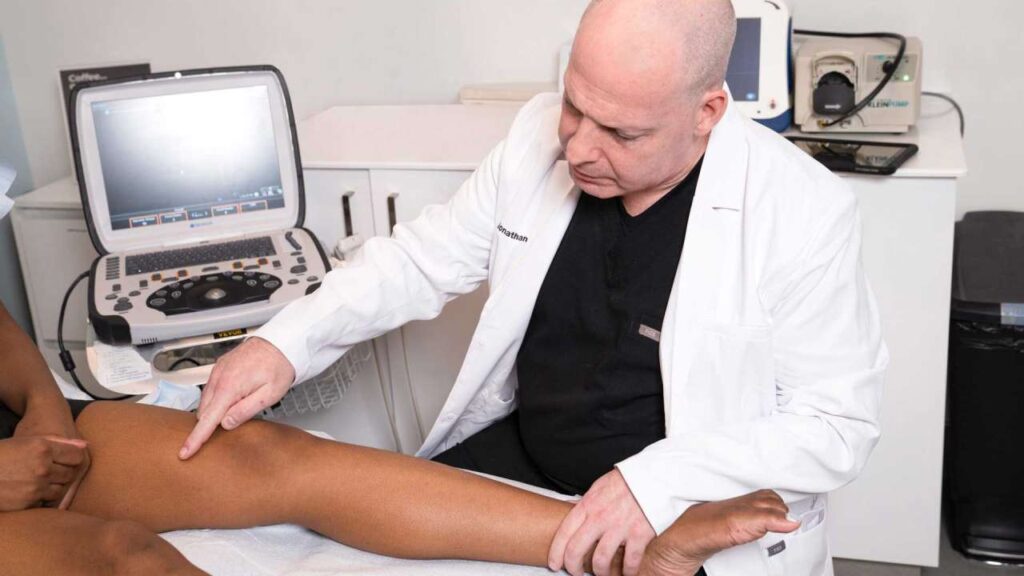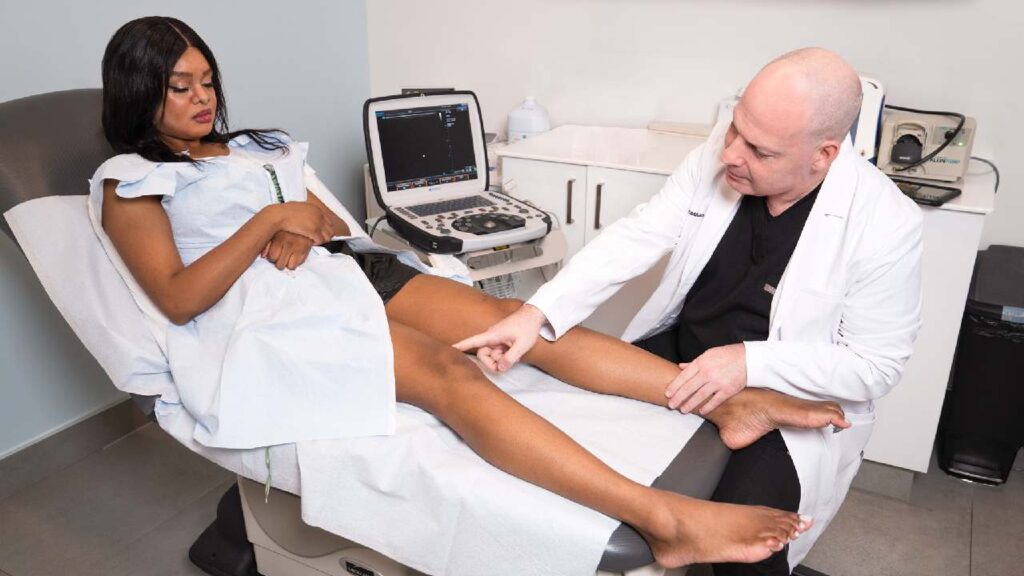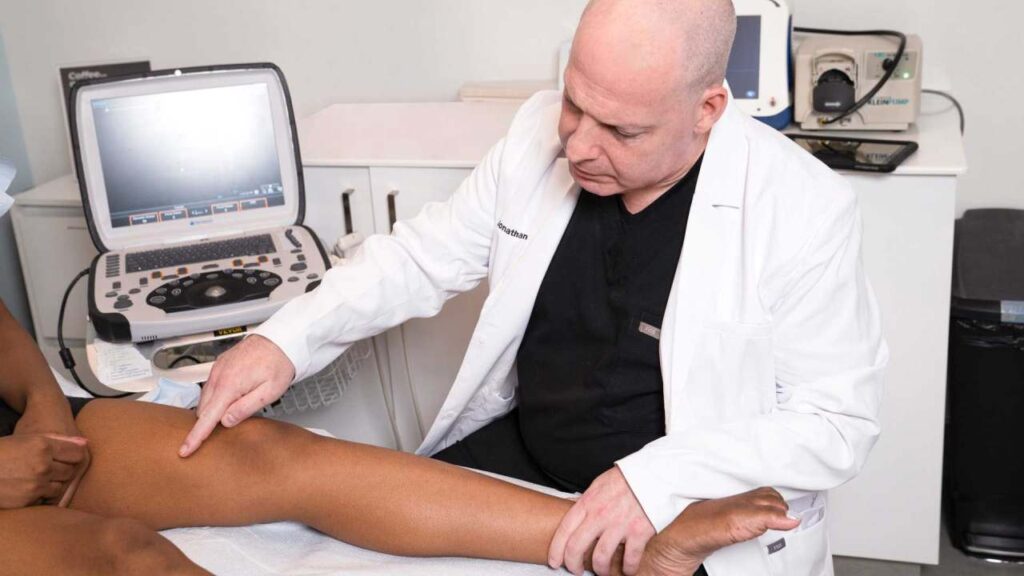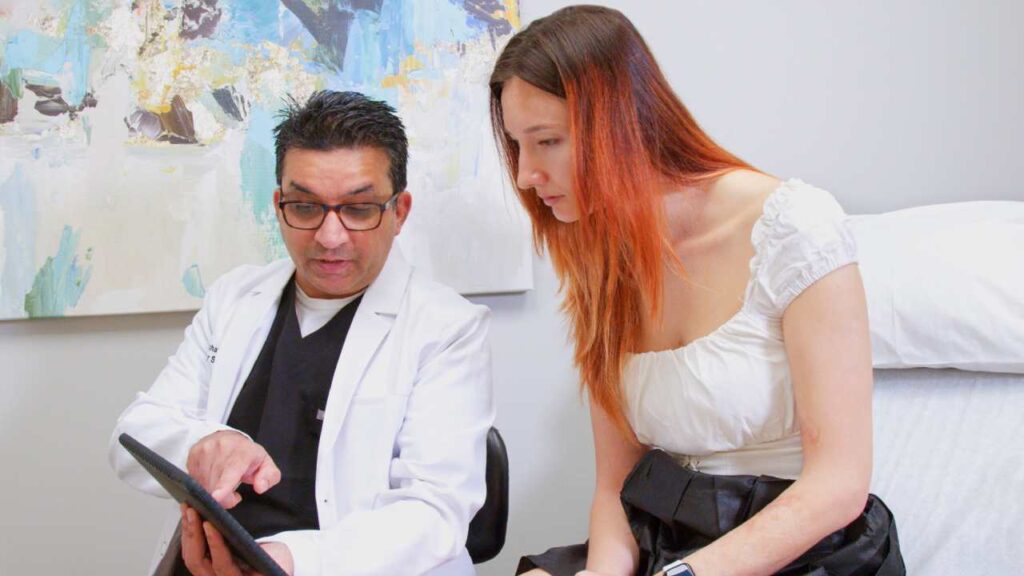If you’re suffering from varicose veins and the complications that come with them, it’s time to make an appointment with a reputable varicose vein specialist. You can expect the highest standard of care from vein doctors at Vein Treatment Center New York. Click HERE to book an appointment at our excellent vein center, or keep reading to learn more about varicose veins and how you can seek treatment for them.
What are varicose veins?
Varicose veins are bulging blood vessels that appear dark purple, green, blue, or red in color. They look knotted and distorted, as opposed to healthy veins that run in a relatively straight line. They measure over three millimeters in diameter and are mostly found on the legs, inner thighs, buttocks, and lower pelvic regions.
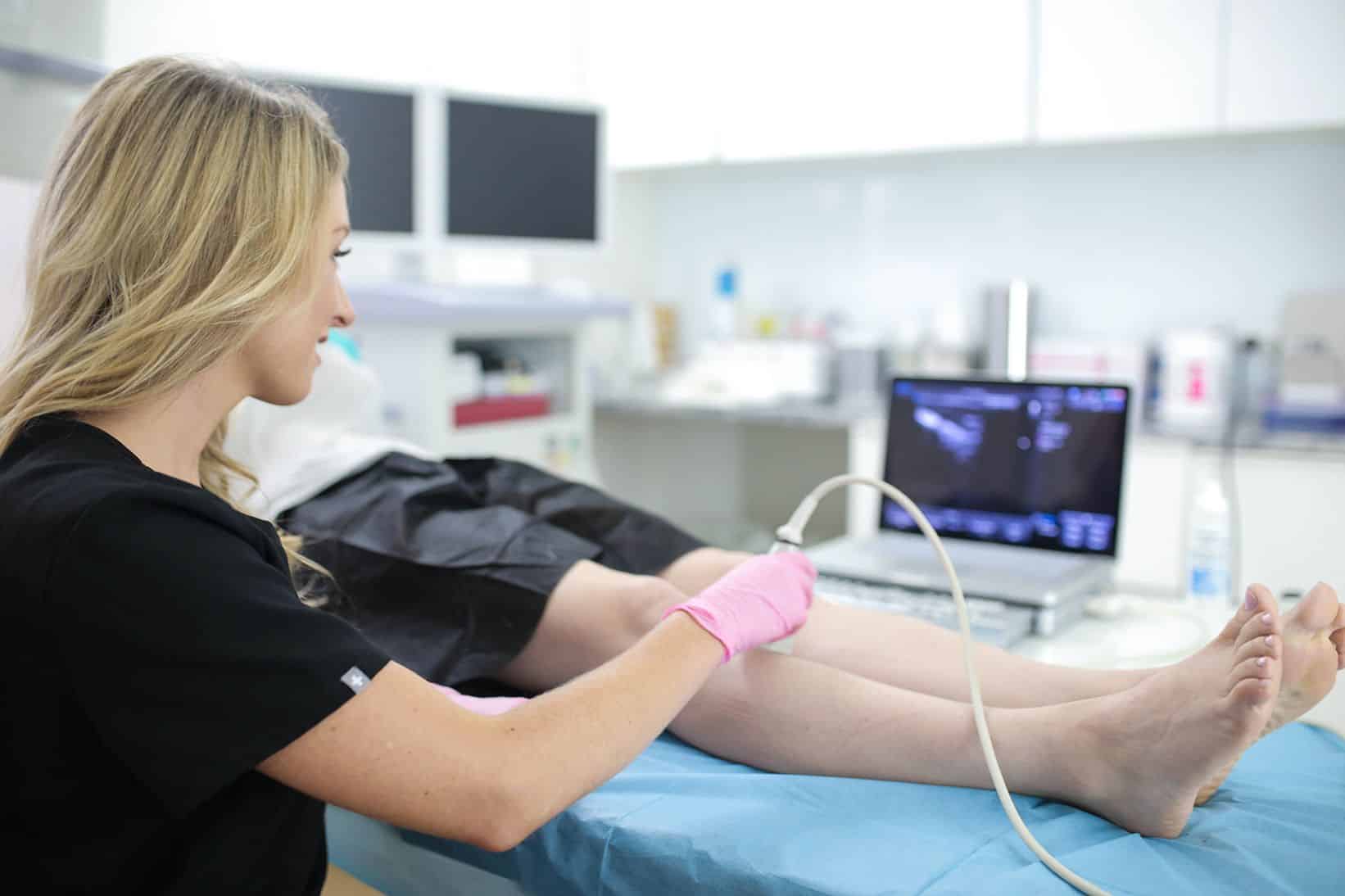
Varicose veins are a common sign of vein disease, and will worsen over time unless the venous insufficiency causing them is addressed. As long as you take action to make an appointment at a vein clinic to seek vein treatment as soon as you notice them, there’s no need to worry too much about varicose veins, because they can be treated!
What are some common symptoms associated with varicose veins?
Symptoms are the physical manifestations of venous disease. Among the symptoms of vein disease are:
- heaviness or soreness, especially after a long day on your feet, because more blood pools in the legs
- tiredness in the legs and edema in the foot or ankles
- leg cramps caused by a lack of circulation, which would usually carry away excess lactic acid produced by regular muscular activity
- varicose and spider veins that are itchy, blistering, or aching
If you are experiencing one or more of these symptoms, it is time to seek treatment with a vein doctor to address both the symptoms and the underlying venous insufficiency.
In addition to varicose veins and the symptoms listed above, there are a few conditions that can develop if varicose veins go untreated. If you start to experience any of these conditions, call a doctor right away, as these can be indicators that your vein disease is worsening.
Bleeding
When varicose veins are visibly bulging and the skin above them is stretched thin, even the slightest contact, bump, or scratch can cause excessive bleeding. If your varicose veins start to bleed, lie down and elevate your legs above your heart, applying pressure to ensure that blood flows away from your legs and back to your heart.
If the bleeding does not cease within 1-2 minutes, go to the emergency department, and once the bleeding has stopped, make an appointment with a varicose vein doctor at a vein treatment clinic as soon as possible.
Skin Conditions
Eczema, lipodermatosclerosis, and leg ulcers are some of the most common skin conditions caused by varicose veins.
- Stasis Dermatitis (eczema): When the skin around injured veins becomes inflamed, it turns red and scaly. As a result of a buildup of hemosiderin, a dark red pigment generated by damaged blood cells that seep out of veins, the skin can become itchy and irritated.
- Lipodermatosclerosis: Scarring of the subcutaneous tissue beneath the skin as a result of vein injury and lack of blood supply in the area. It can cause long-term damage, hyperpigmentation, and skin stiffness.
- Ulcers: Occur when blood gathers in the lower extremities, putting pressure on the vein walls and causing skin rupture. Because of a lack of blood circulation to the area, they are open wounds that do not heal well.
Deep Vein Thrombosis
Deep vein thrombosis is the most severe complication of untreated varicose veins (DVT). DVT begins as superficial vein thrombosis, which occurs when blood clots form within large varicose veins, but as they dislodge and enlarge, they can migrate to deep veins.
When a clot scrapes down the edges of blood arteries, it can cause significant damage to the vein walls. In the worst-case scenario, the clot could move to the lungs and trigger a potentially fatal pulmonary embolism.
Varicose veins are indicative of a more serious condition, the most frequent of which is chronic venous insufficiency (CVI). One-way valves in healthy veins direct blood into the heart while preventing it from returning to the limbs.
If the valves of the veins in the legs begin to leak, gravity pulls blood back downwards, pooling in veins in the lower limbs, leading in chronic venous insufficiency. As a result of fluid buildup, the venous system may be unable to send blood to the heart, and pressure on the vein walls develops over time, resulting in the bulging varicose veins you may be noticing.
These indications and symptoms are much more than just normal developments of aging, but venous insufficiency and varicose veins can be treated at a vein clinic!
Because it is safer and easier for both the patient and the doctor at the vein clinic, a vein specialist will nearly always advise a non-surgical, minimally invasive technique for vein disease. VenaSeal, radiofrequency ablation, varithena, and sclerotherapy are the most often used minimally invasive procedures that can improve blood flow back into the heart.
If you are looking for a varicose vein doctor in New York, you can contact our medical group at the Vein Treatment Clinic location in New York City. Our vein center is conveniently located in the heart of New York in Midtown, near notable landmarks such as the Chrysler Building. Check out the Vein Treatment Clinic location in New York City for vein treatment today!
